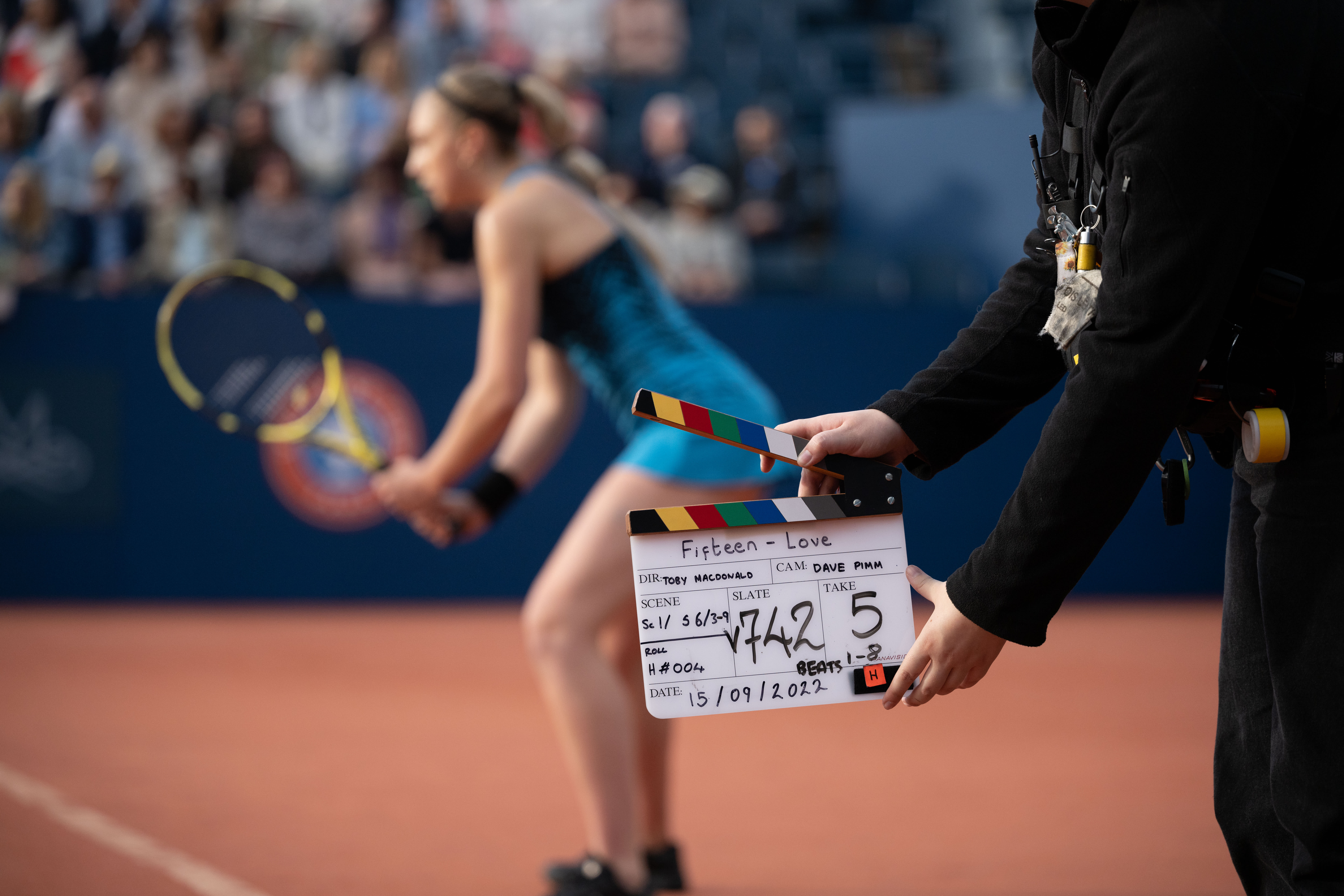Cinematographer David Pimm on the challenges of filming sport for drama
"I'd much rather try and get under the skin of the material and find a look which is specific to that."
By Gabriella Geisinger 20 Dec 2023

Cinematographer David Pimm has been working as a cinematographer for fifteen years. His foray into television cinematography began with Sky's drama Save Me Too and Apple TV's Bad Sisters.
While working on an undisclosed World War Two TV drama, Pimm sat down with KFTV to discuss the unique cinematographic work of filming Amazon Studios' original Fifteen Love.
Tennis is a highly televised event, and audiences are familiar with the rote camera positions for the game. The challenge Pimm faced was shifting the dramatic tension away from the match itself and onto the characters.
"To get into the heads of the characters we kind of picked apart each of the scenes where the tennis existed and tried to place that within the character arc, within the story as a whole, and the psychology of each player to try and determine how the tennis should look and feel," Pimm explains.
To achieve this, Pimm worked with a tennis advisor named Naomi Cavaday. "We would go to court with her and a few tennis players and we would just talk about each point. We described what we're after from those points and build it from there."
Effectively, the tennis was reverse-engineered. This process was filmed on iPhones, Pimm revealed. Then they would go back and ask Kennedy to tweak things. "Maybe we knew that the camera was going to be facing the coach's box," Pimm says, "but with the player in the foreground, so we wanted that to feel a bit more elastic so we would send the play a bit wider across. So it kind of feels a whip; the players kind of move away from the camera and reaching when they come in back into the foreground."
There was the practical issue of being able to play tennis, which occasionally prevented Pimm from putting the camera where he wanted — as close to the players as possible. To achieve this, "we broke it down into sections and found the moments where we could push in right in front of the player," he explains. "Other times it's we needed a little bit of context, and at those points putting a track down at the end of the baseline and shooting through was another way to do it."

This dynamic camera movement put a lot of work on the shoulders of the VFX team, Pimm says. They had to make sure the digitally created tennis balls worked for the viewer and were building crows from scratch that had to be captured in this dynamic way.
For Pimm, one of the key things he wanted to convey from the story was the coach-player relationship. "We worked closely with [production designer] Allison Butler to place the box in the best possible position for us to shoot. We took creative licence there to get the best angles," Pimm reveals.
While one might think equipment made the difference, the only time Pimm noted a significant change was in the flashback sequences, which used an anamorphic lens. This "gives it a slightly rose-tinted feel, slightly like watching something through a veil somehow," Pimm says.
This choice, along with Pimm's specific camera placement, all reinforced the guiding principle of his work: "How do we encourage the audience to feel what the characters feel — even in the middle of a tennis match."
Working on something as complex as tennis, which is nothing compared to football, Pimm says, hasn't changed Pimm's style per se. Rather than being known for a specific look, "I'd much rather try and get under the skin of the material and find a look which is specific to that."
Latest news & features
Promote your services with KFTV
Choose from three profile types - Basic, Silver and Gold
Create ProfileWe offer a range of display advertising opportunities.
Learn More